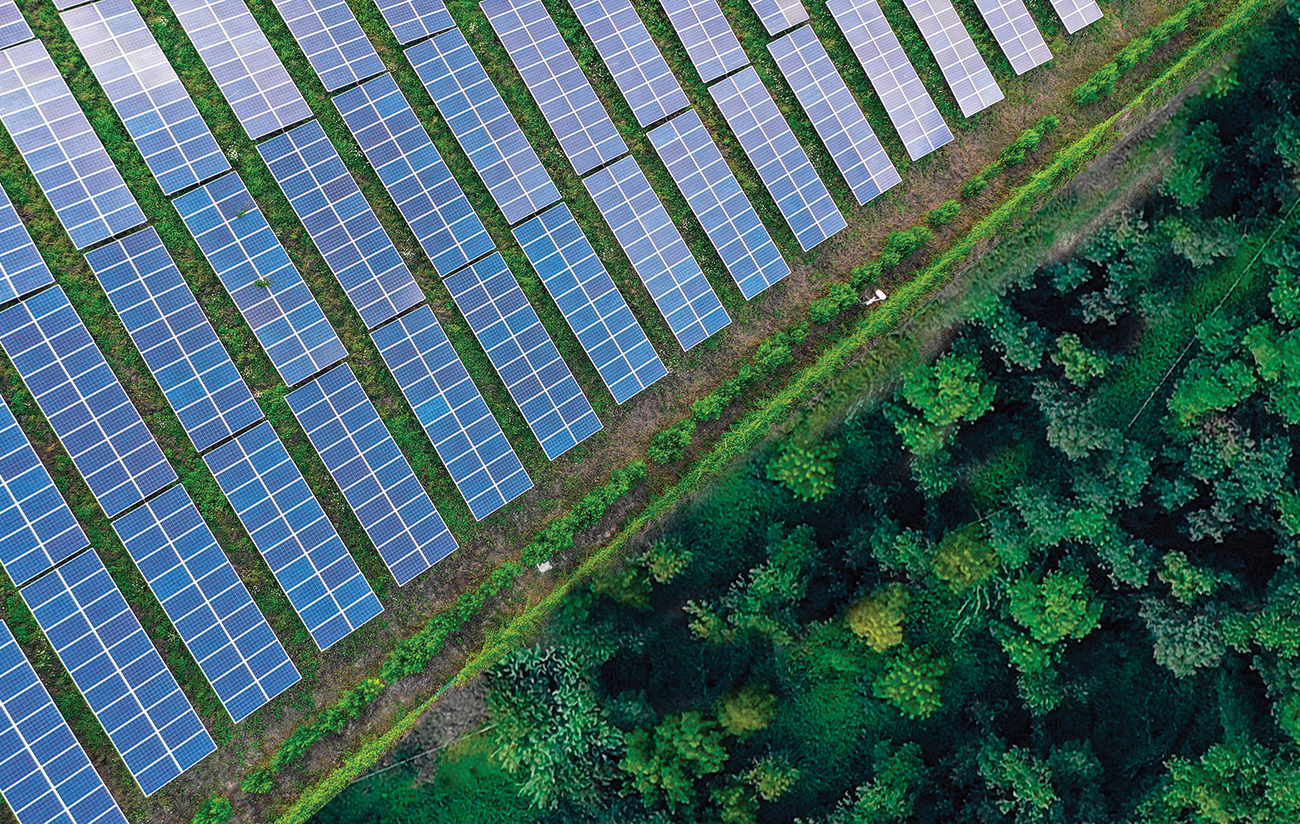In the US Energy Information Administration’s latest 2023 Annual Energy Outlook, renewable energy additions in the US are on pace to reach approximately 1 TW of new capacity by 2050, making up a large majority of expected new generating capacity additions.[1] Most renewable energy, while clean and cost-competitive, is inherently intermittent due to its dependency on weather conditions. As power systems become more reliant on such intermittent energy, volatility in output, including at the sub-hourly level of granularity, will impact power market fundamentals.
As electric utilities and project developers evaluate generation resource options, it is becoming increasingly important for power dispatch models to deeply assess the energy and ancillary services value provided by fast-responding resources, such as batteries[2] and thermal-peaking units. Sub-hourly modeling, however, typically requires significant assumptions about development and computing time. This white paper aims to describe these trade-offs in detail and presents a case study of the potential range of benefits using a Midcontinent Independent System Operator (MISO) market case study.



